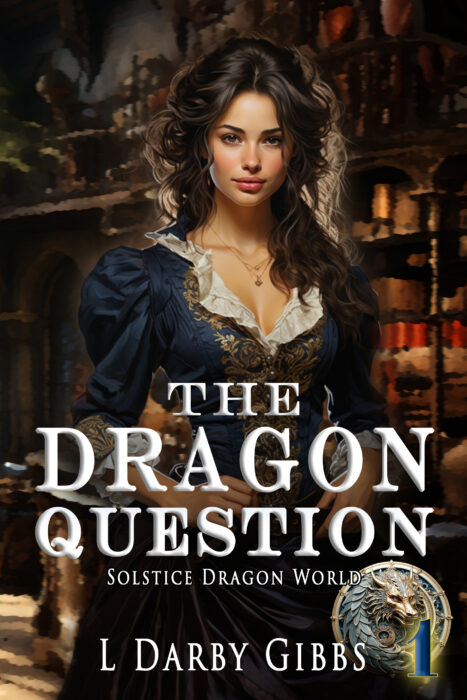Mirror Image ~ writing. Modified from a Photo by Mitchel Lensink on Unsplash Would you consider collaborating with another writer? I would have to know them very well and feel that we had similar writing styles and a united focus on the plot and characters. Of course, after saying that, I must admit I have…
Tag: novels
Branch of the family tree, okay vine. Often when I read science fiction, the main characters and certainly the supporting and stock characters rarely have family. I don’t mean they don’t ever have family, but family is not the cause of change or action in them. Family is window decoration in most novels. Yet family…
